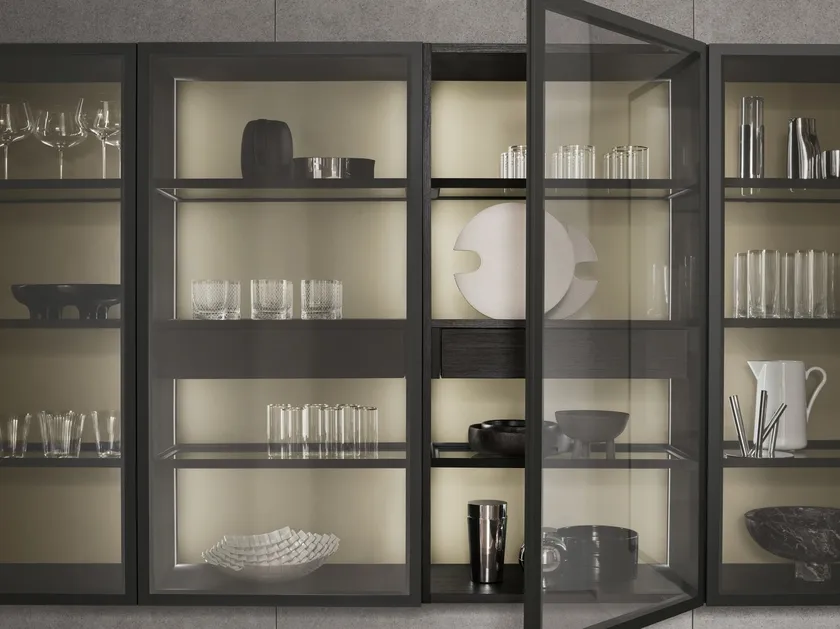When visitors step into a gallery, museum, or historical society space, it isn’t just the artifacts that impress—it’s how those artifacts are presented. Clean lines, careful lighting, and protective enclosures signal respect for what’s inside. Behind every immersive display is a piece of furniture that does more than “hold things up.” It preserves, frames, and enhances. One important choice in that equation is a museum quality display case.
Preservation Through Design
Artifacts—whether textile, paper, wood, or metal—are sensitive to light, temperature shifts, humidity, and dust. Without proper protection, these effects accumulate. A well-constructed display case helps control exposure. That means sealed joints, UV filtering glass or acrylic, and materials that won’t off-gas harmful vapors. In short, preservation isn’t optional: it’s central to display. Institutions with rotating exhibitions or loaned items especially benefit from cases that meet high environmental standards.
Enhancing Visibility Without Compromising Safety
Seeing the details matters. Texture, color variation, inscriptions—all need to be visible if the story of the object is to be told fully. Lighting within the case should be even, soft, and properly positioned, minimizing glare. Mirrors or neutral back panels help improve contrast. But visibility must pair with safety: locking mechanisms, tamper-proof hinges, and stable bases. A museum quality display case combines both: preserving integrity while showcasing beauty.

Design Flexibility for Modern Exhibits
Today’s museums don’t just exhibit; they curate experiences. Visitors expect interactivity, rotating themes, and changing displays. Having display cases with modular shelving or removable panels allows curators to reconfigure exhibits without replacing fixtures. Portability, adjustable lighting, and interchangeable backdrops support thematic storytelling. Whether it’s a natural history collection, fine arts show, or a local heritage exhibit, flexibility means you can respond to new donations, special loans, or evolving educational goals.
Visitor Experience and Engagement
Presentation influences perception. When a display case is clean, well-lit, and thoughtfully arranged, visitors linger. They read the labels, observe detail, photograph features. That deeper engagement often translates into higher satisfaction—return visits, support for the institution, and word of mouth. On the flip side, poorly maintained cases—with foggy glass, cluttered layouts, or dim lighting—can convey neglect and reduce credibility. Design that supports both protection and access plays a key role in building trust with the audience.
Long-Term Value for Institutions
Investing in high-quality display cases is upfront work that pays off. Durable materials, well-finished glass, secure hardware—all reduce maintenance, reduce damage, and ensure consistency over time. While the initial cost may be higher than basic cabinets, the long-term payback comes from fewer repairs, fewer replacements, and a more consistent visitor experience. For museums, historical societies, and institutions committed to legacy, selecting a true museum quality display case is one of the decisions that supports sustainability, storytelling, and respect for the past.
